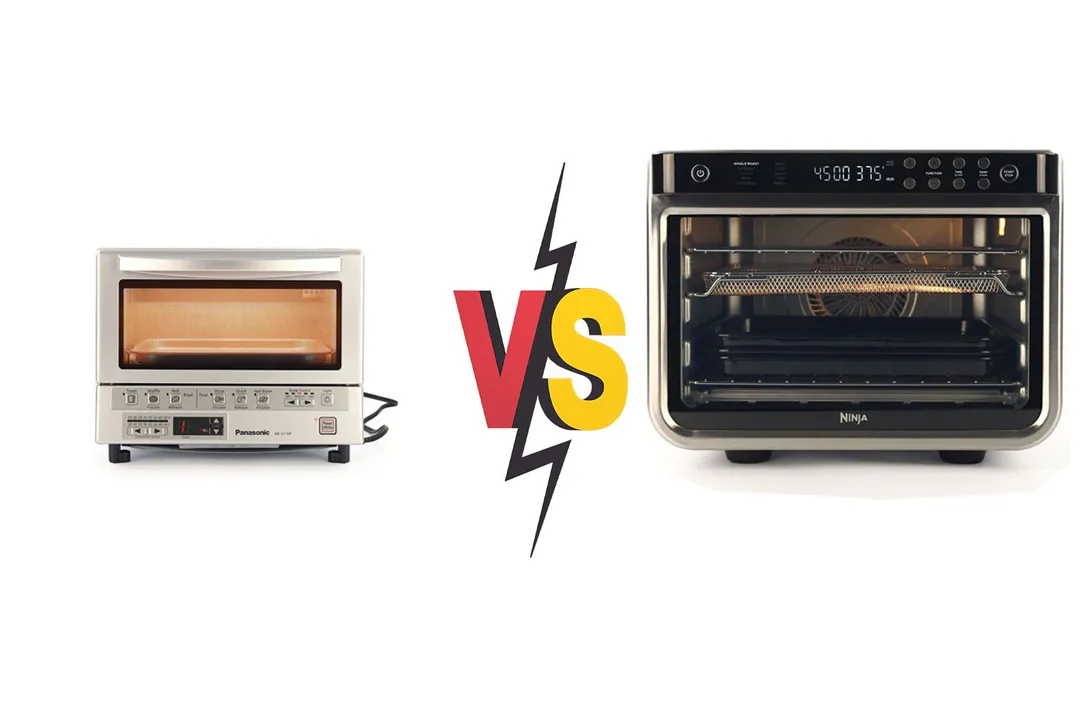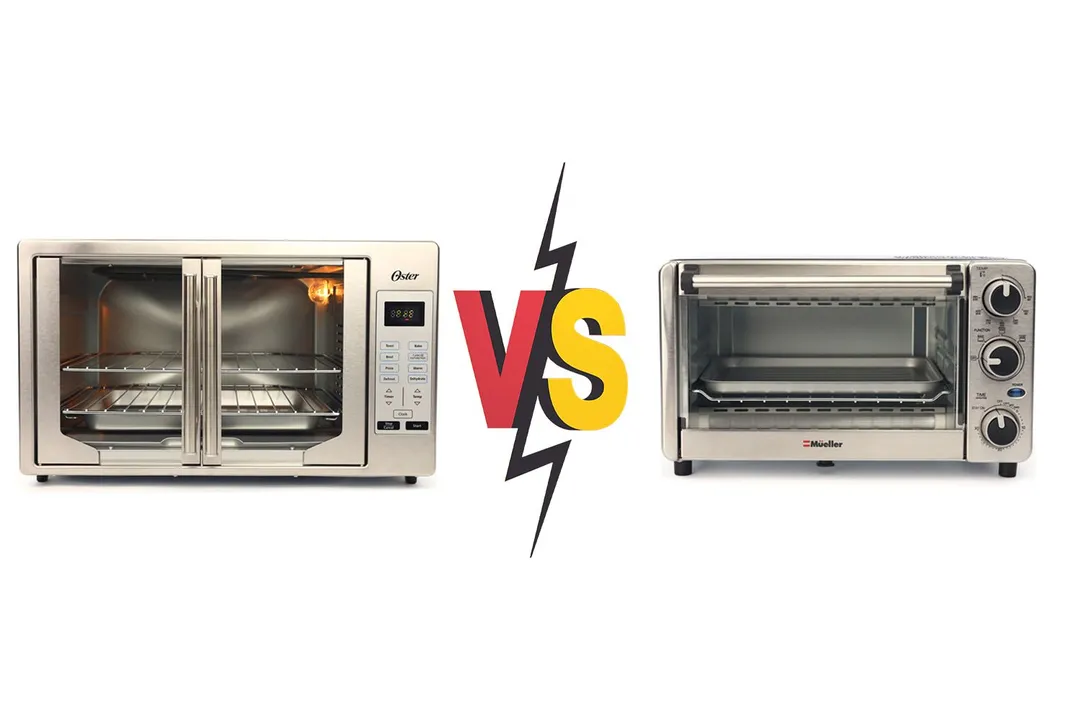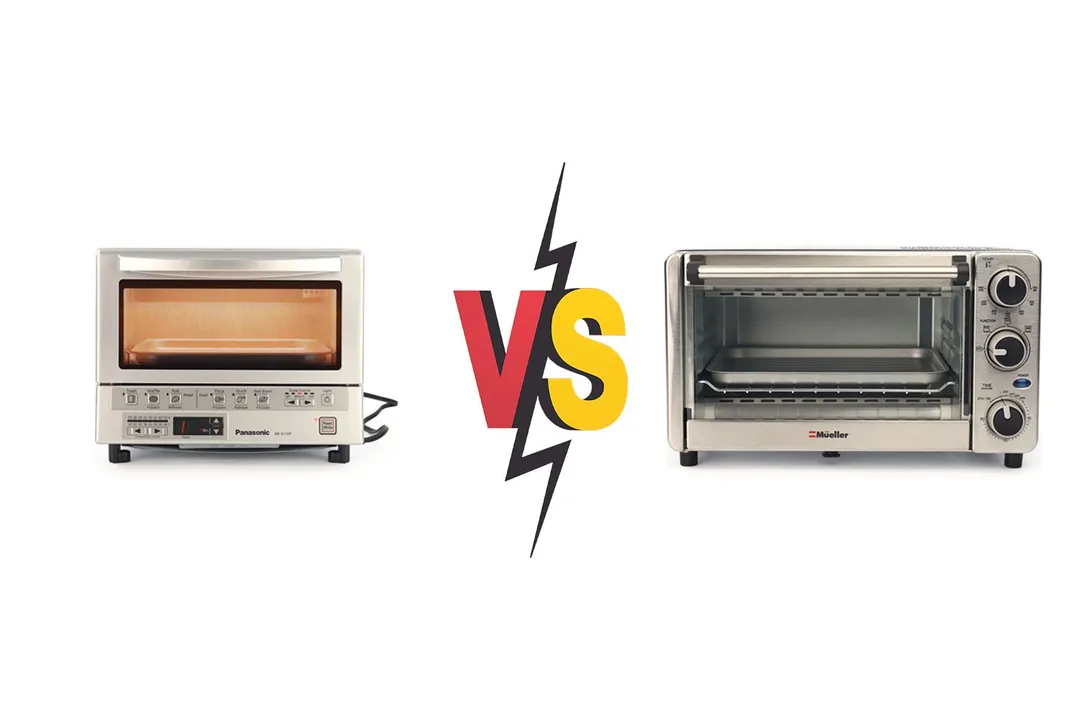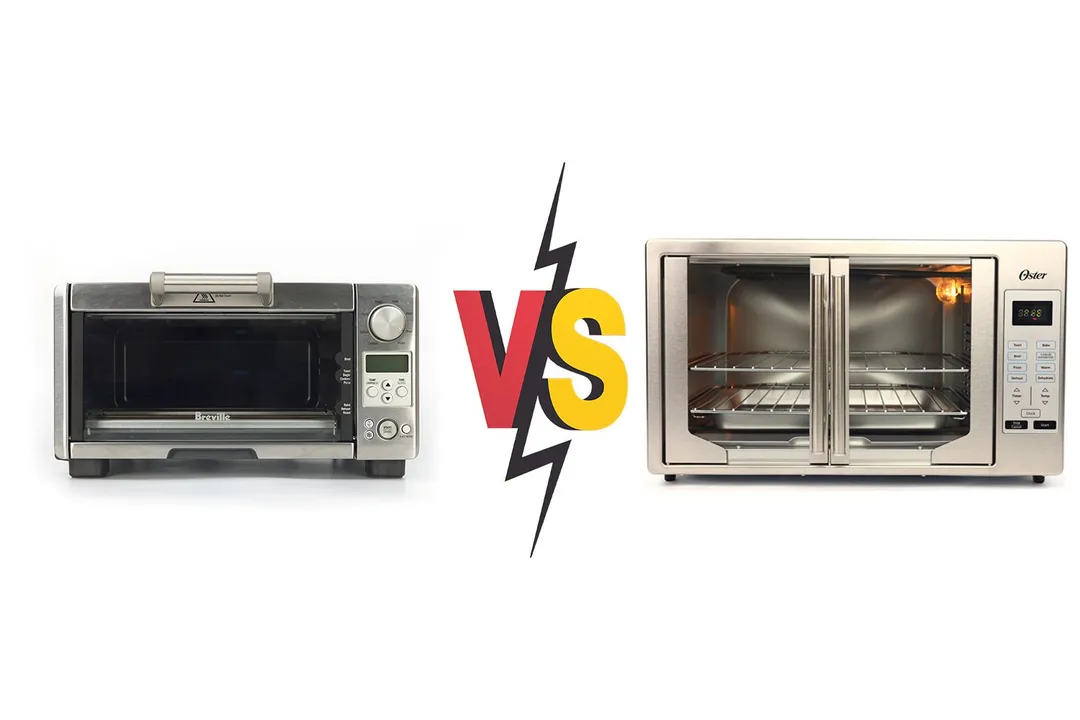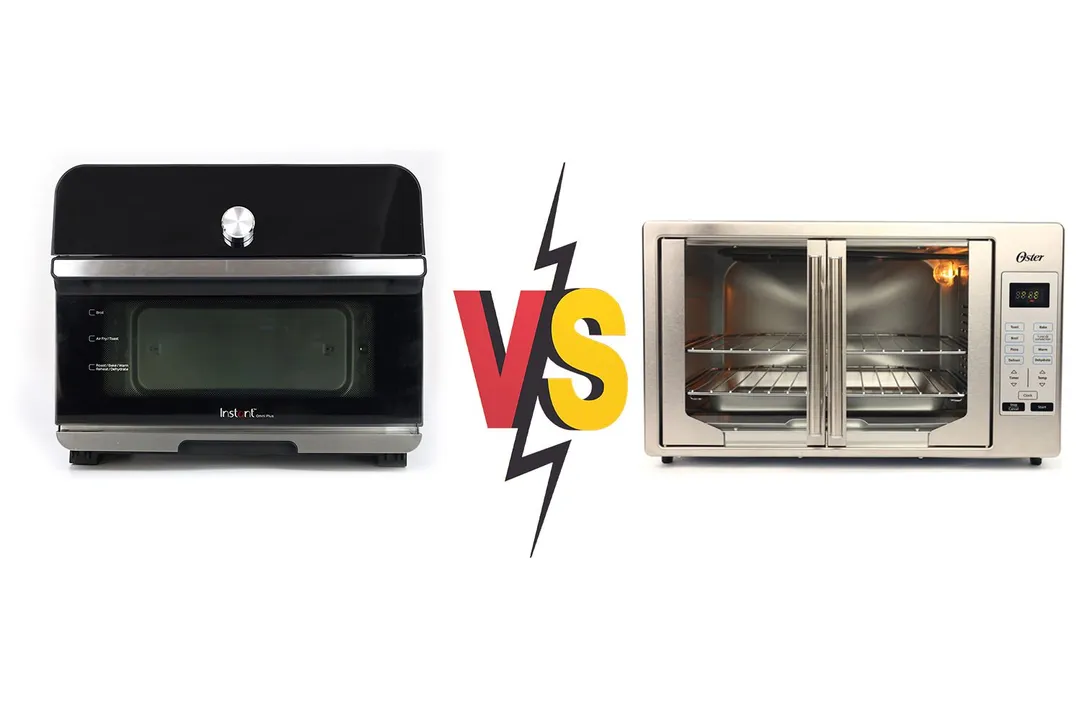Our recommendations are made independently through Research & Testing. We may receive commissions from purchases made via our links.
Oster French Door vs Panasonic FlashXpress Digital Small Toaster Oven Side-by-Side Comparison
Oster French Door vs Panasonic FlashXpress Digital Small Toaster Oven. It may surprise you that their scores don’t differ as much as sizes.
Oster French Door
Tested Using Methodology v1.0Panasonic Flashxpress
Tested Using Methodology v1.0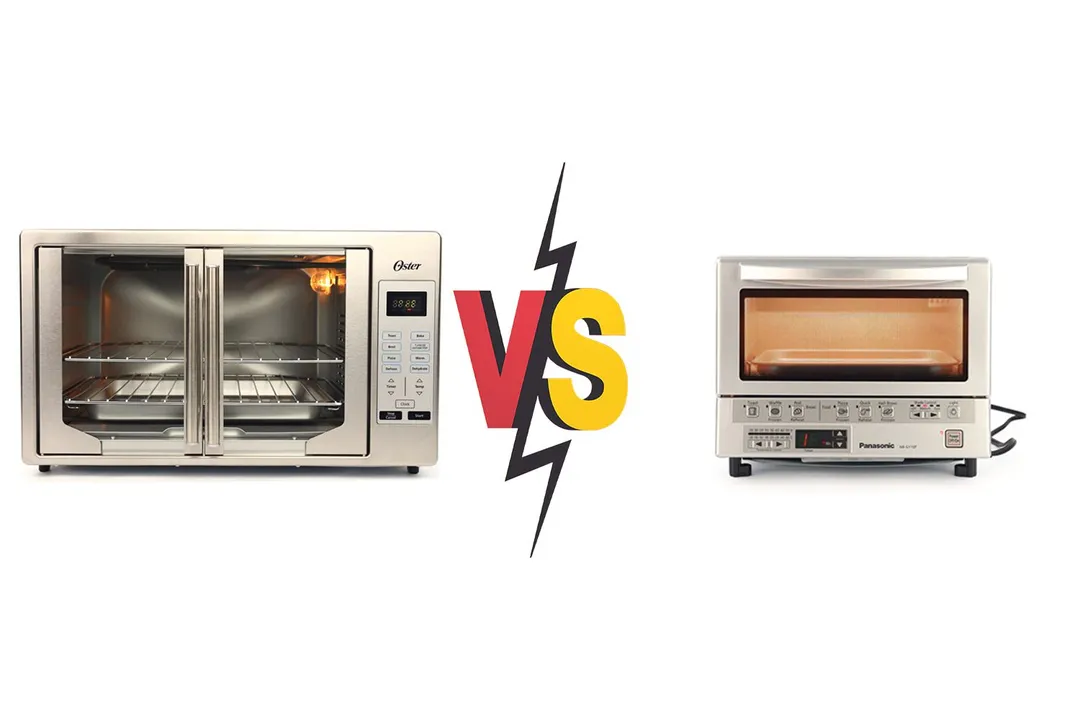
Overall Verdict
The Oster French Door (TSSTTVFDDG) is an extra-large digital convection toaster oven while the Panasonic FlashXpress (NB-G110P) is a small digital toaster oven without convection. Thus, it’s no surprise that the first product is the winner. However, it may surprise you that their scores don’t differ as much as their sizes.
Both units have interior lights, crumb trays, and an interesting design quirk of their own. The Oster has a sleek brush stainless steel casing and a single-pull French door. Meanwhile, the Panasonic has a vintage-appliance-look and an auto-pull rack.
The Oster has intuitive buttons but they usually require quite a bit of force to register. The Panasonic has a few distinct cooking presets that are typical in a Japanese appliance but its timer and temperature range aren’t very detailed and expansive.
The Oster’s larger cooking chamber makes putting food in and out and also cleaning afterward easier. Meanwhile, the Panasonic’s auto-pull rack limits the space of its already-small cooking chamber.
Performance evaluation was where the interesting upset happened. Both ovens produced good results, but the Panasonic was better at most of the tests, including toasting bread, baking pizza, and fries. Despite having a higher power draw and a convection system, the Oster only scored higher than the Panasonic in roasting whole chicken.
Pros & Cons
- Large capacity
- Interior lighting available
- Easy-to-clean stainless steel exterior
- Sturdy build
- Air-ventilation holes on all sides
- Cool-touch door handles
- Convenient slide-out crumb tray
- Energy-efficient quartz and ceramic heating elements
- High-contrast digital display
- Internal lighting available
- Sturdy construction
- Easy-to-clean stainless steel exterior
- Cool-touch door handle
- Convenient slide-out crumb tray
- No convection toggle
- Buttons not reliably responsive
- Not very budget-friendly
- No safety mechanism for the door
- Having only one tray level
- Not particularly budget-friendly
Key Specs
Where to Buy
*You help support HealthyKitchen101's product testing and reviews by purchasing from our retail partners.
Analysis and Test Results
Performance
Toast
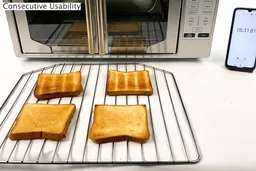
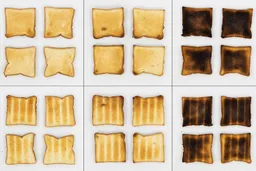
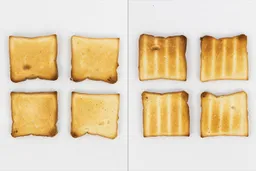
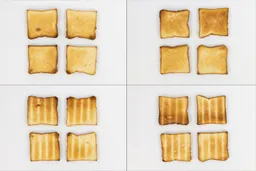
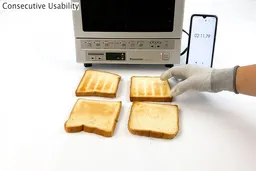
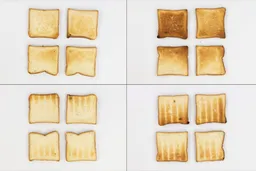
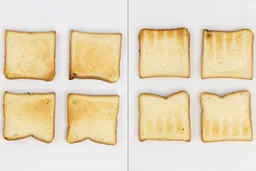
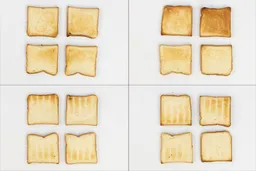
Pizza
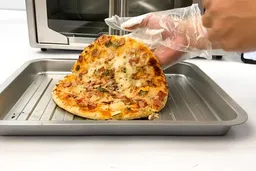
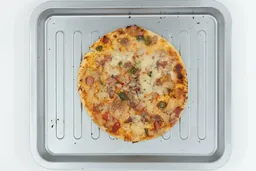


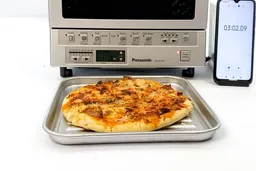
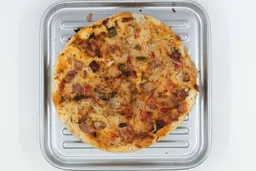


Whole Roasted Chicken
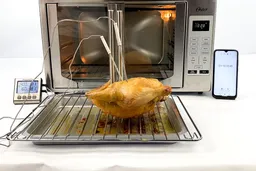
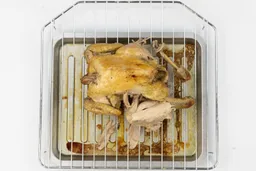
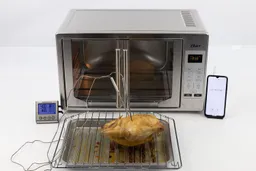


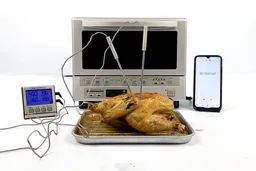
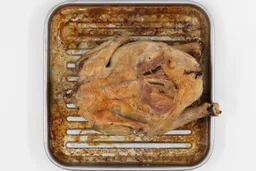
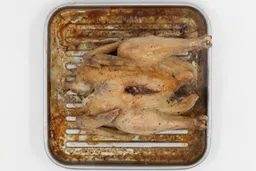
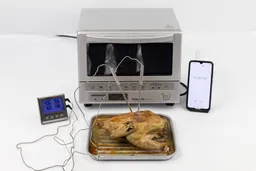


Baked French Fries
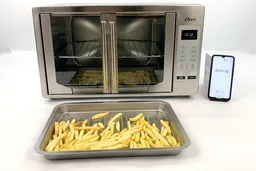



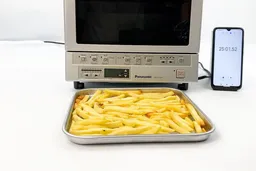



Design
In the Box
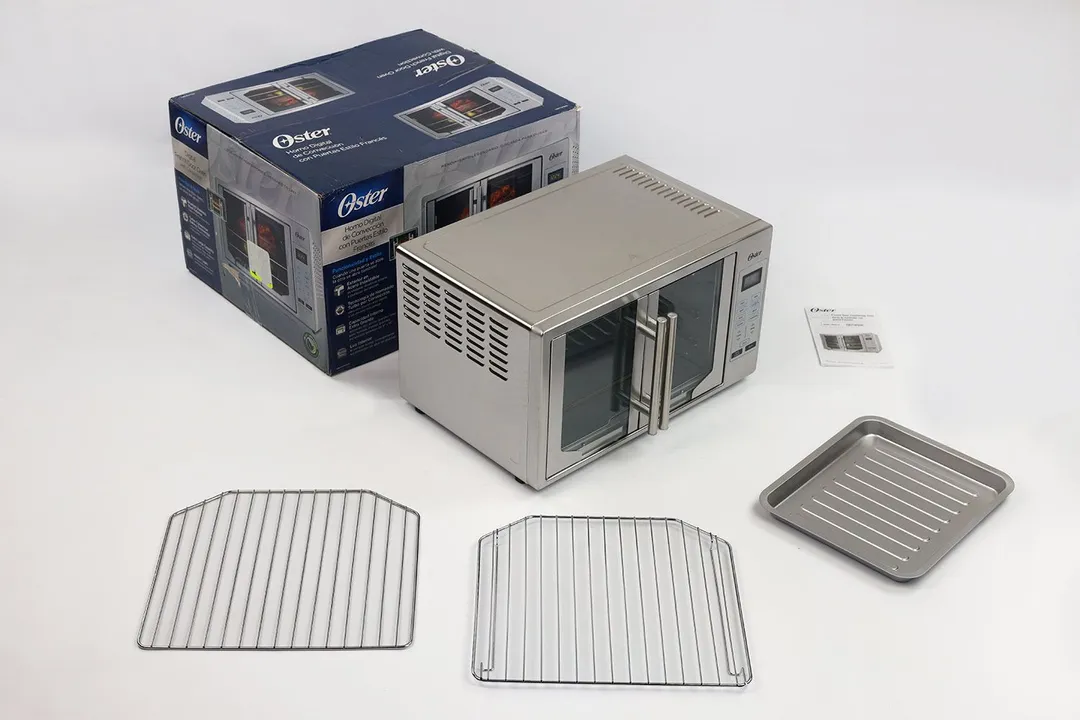
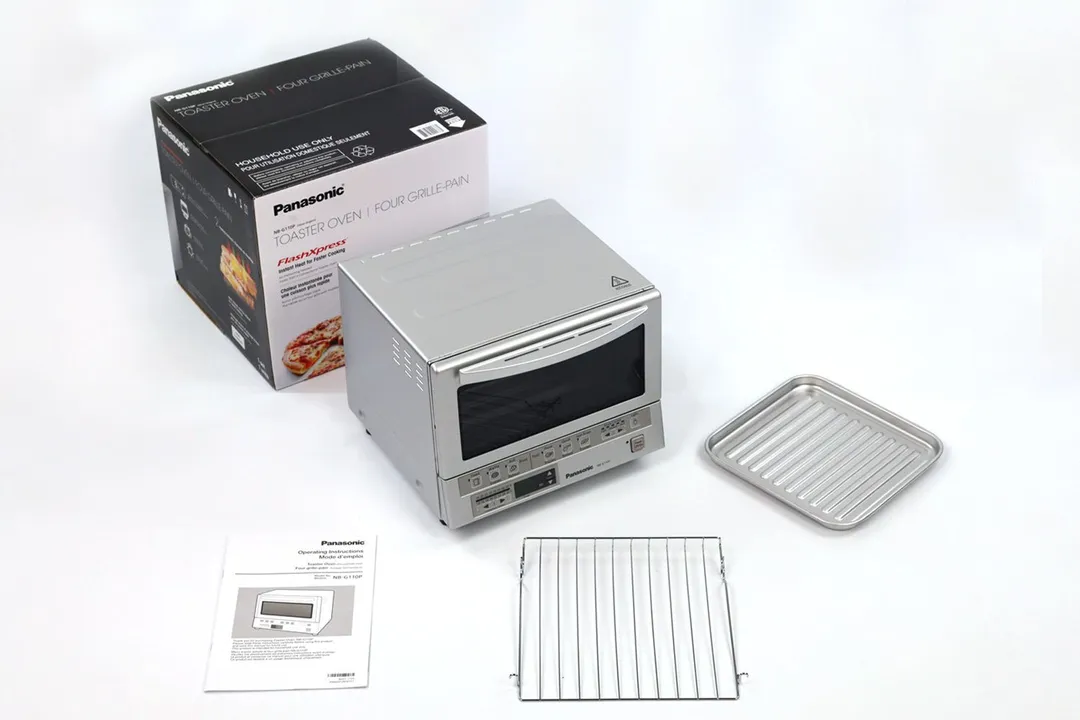
Exterior
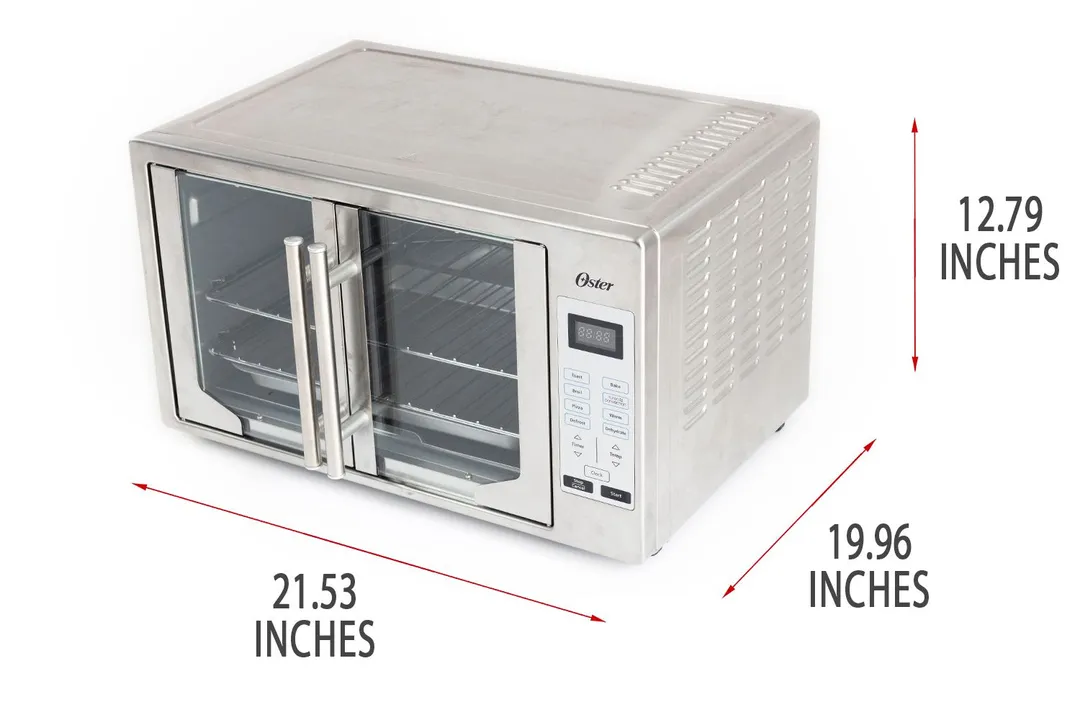
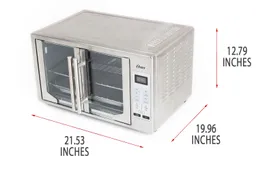
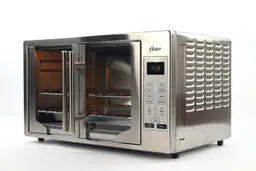
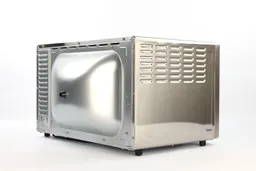
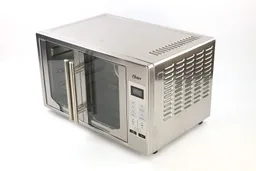
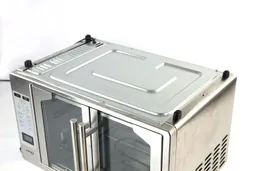
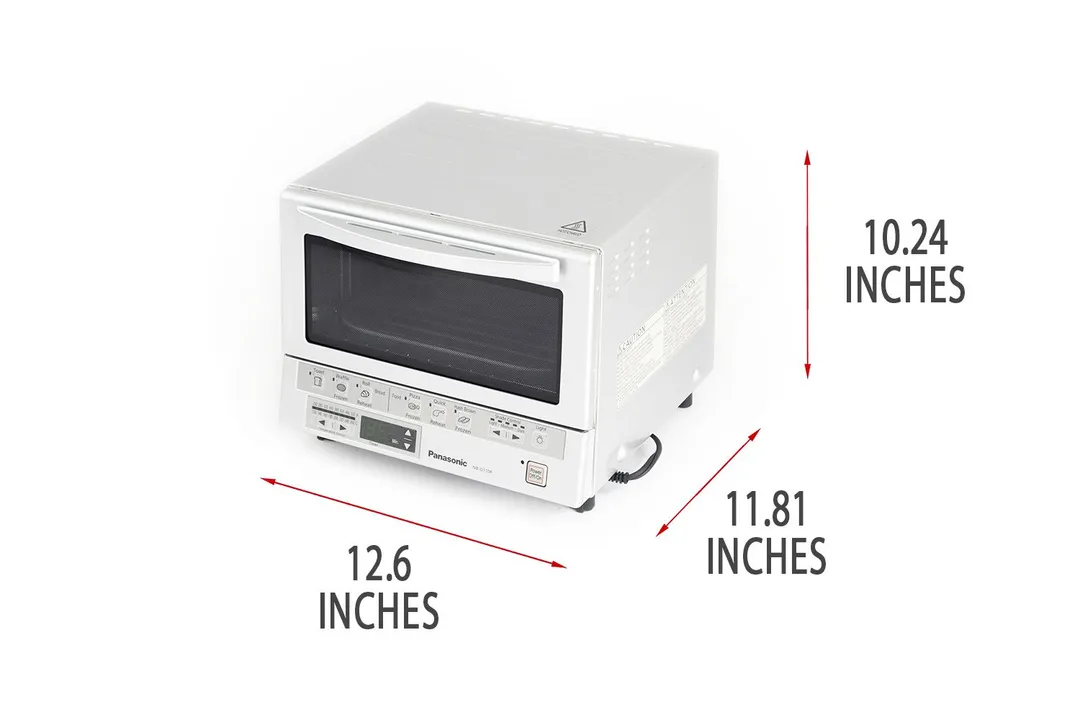
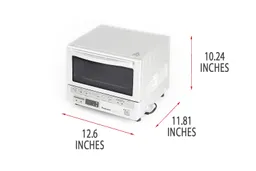
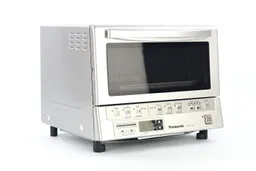
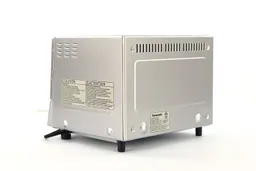
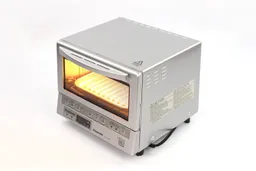
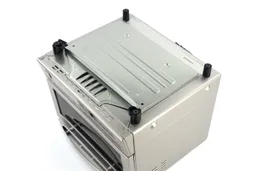
Control Panel
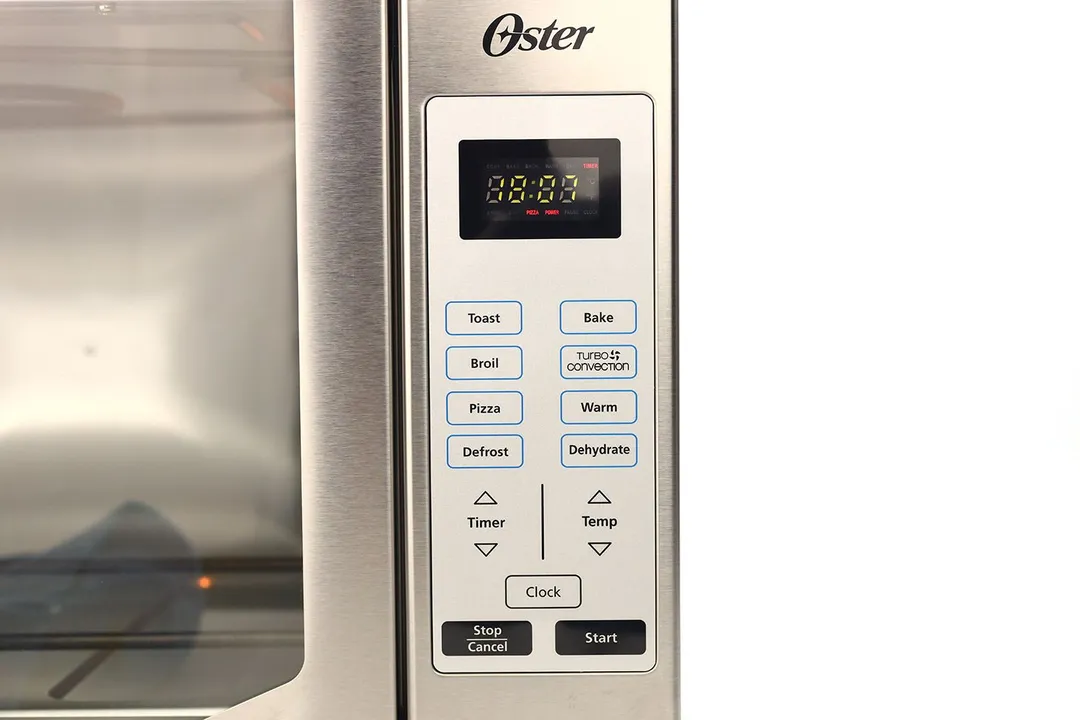
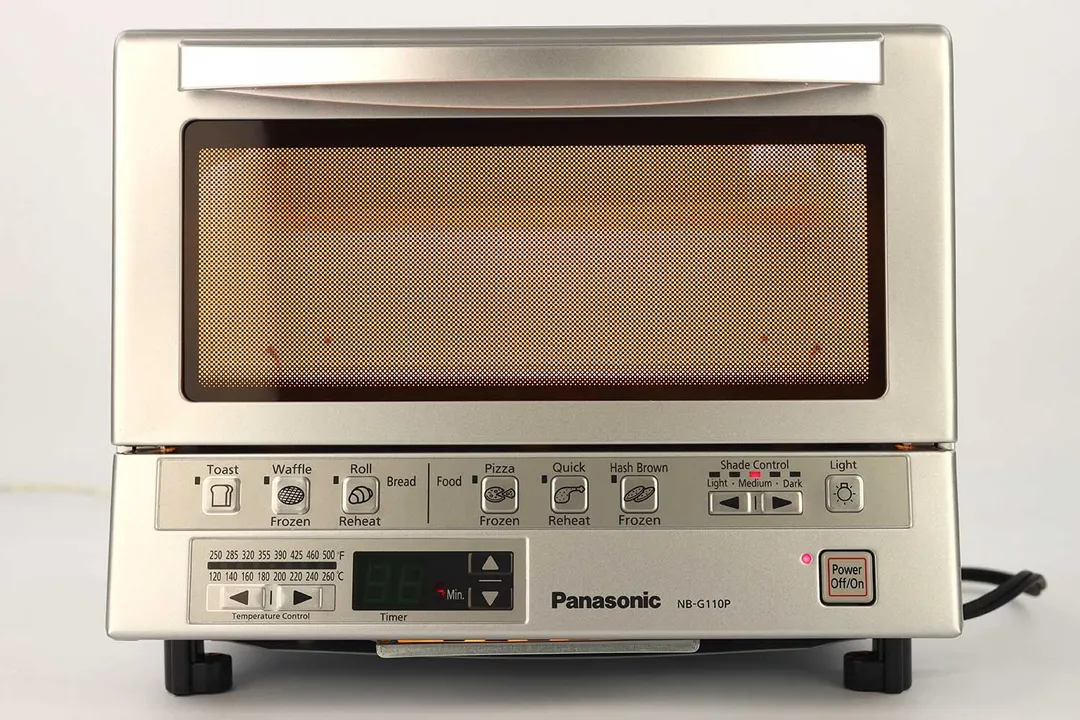
Cooking Functions
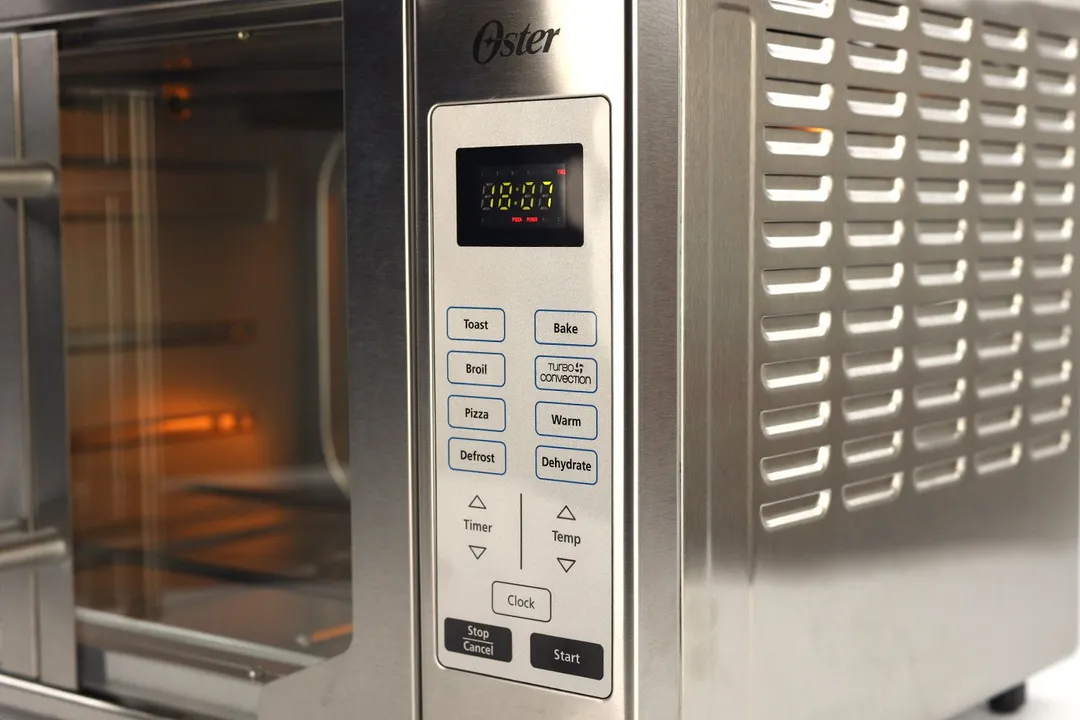
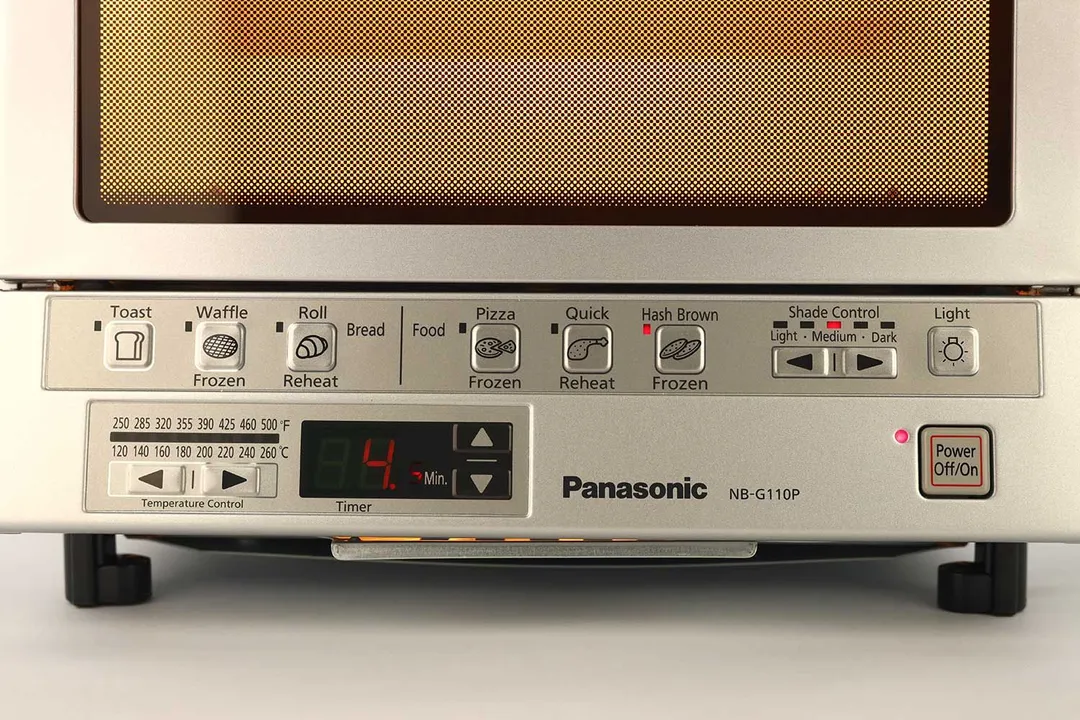
Interior
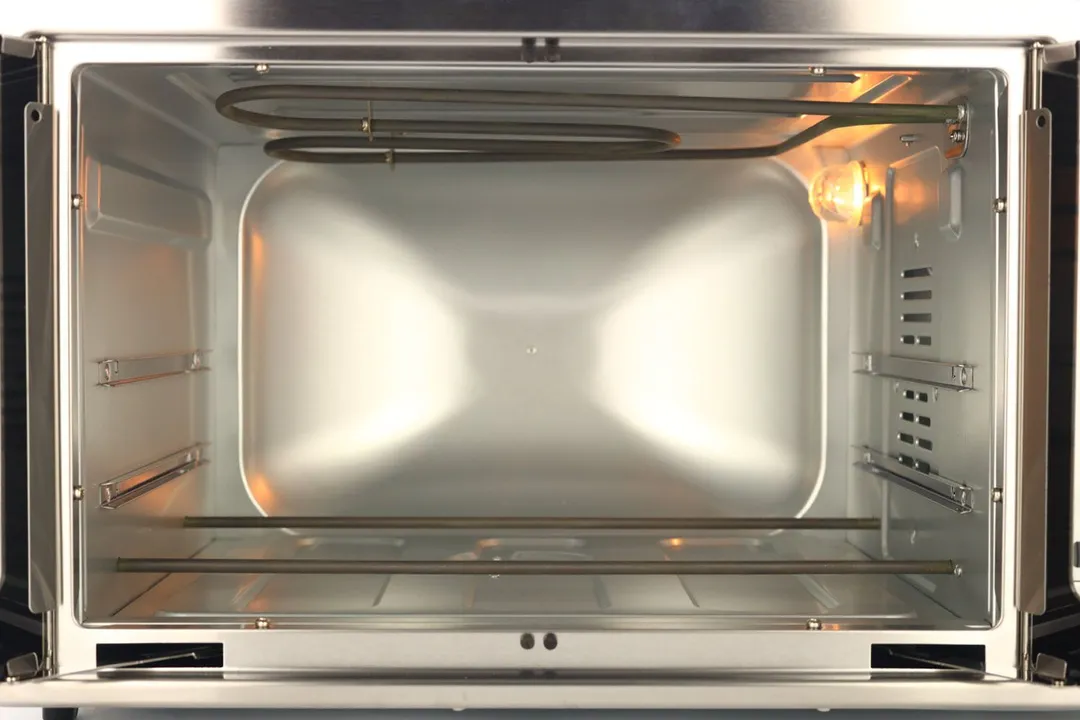
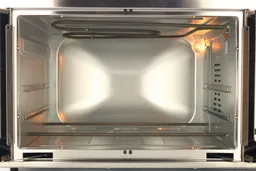
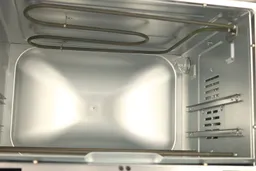

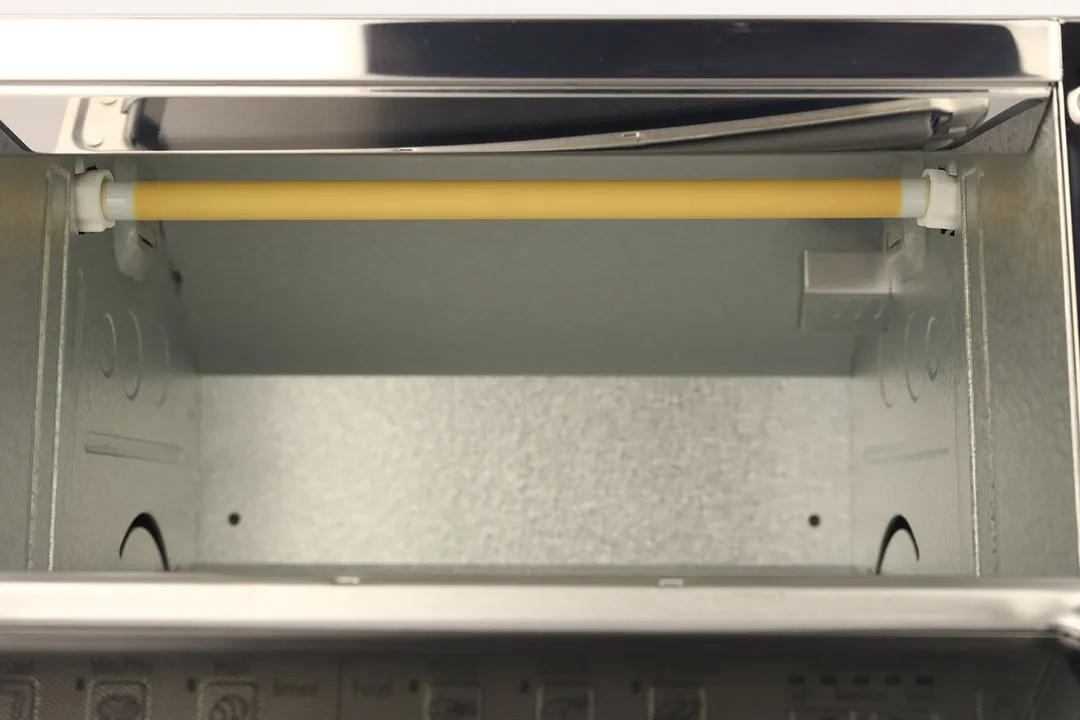
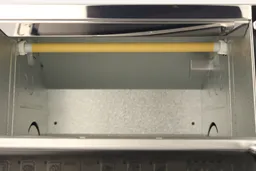
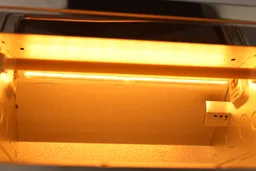
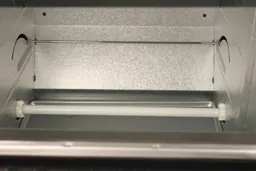
Power Cord
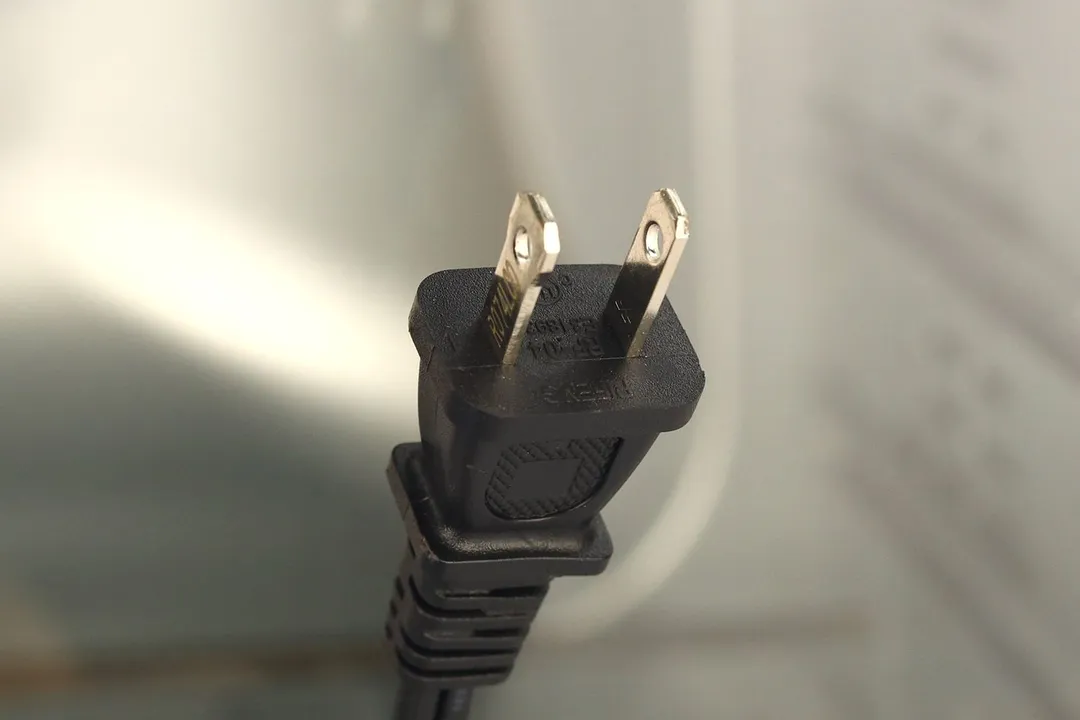
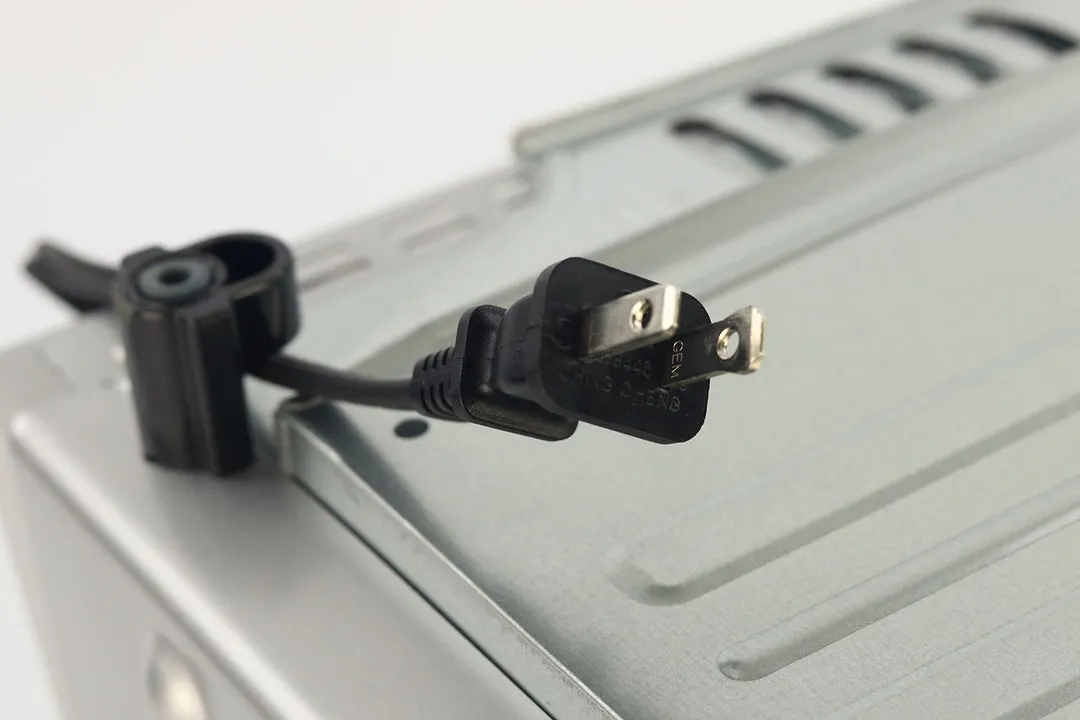
Accessories

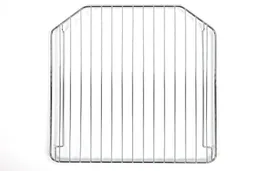

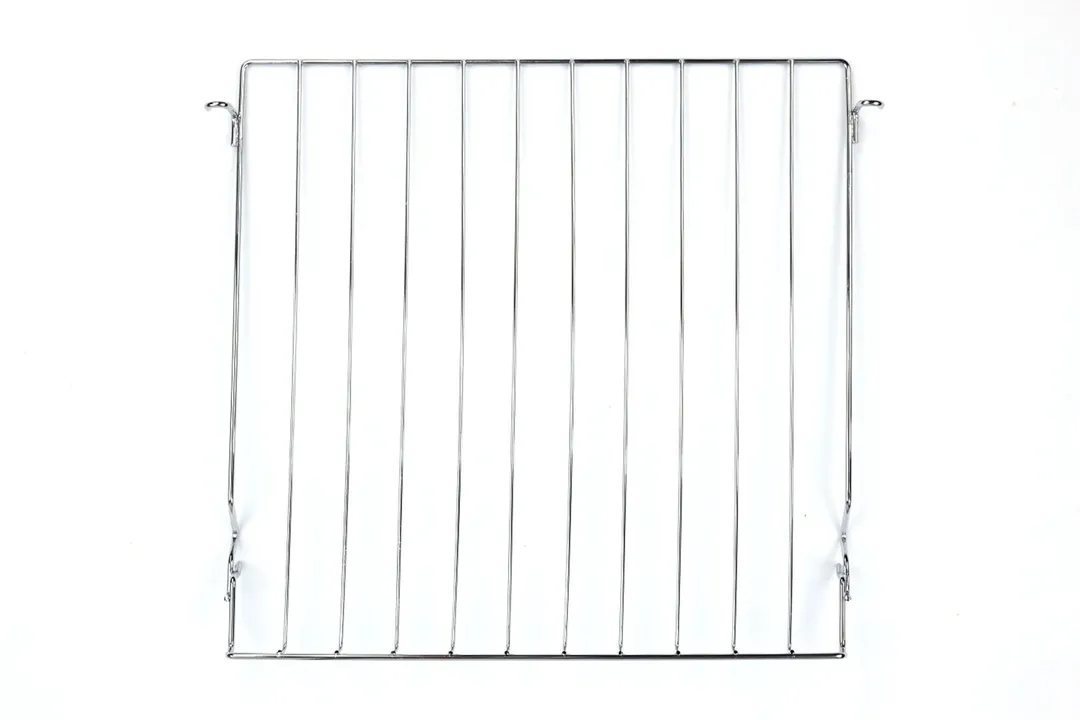
Build Quality
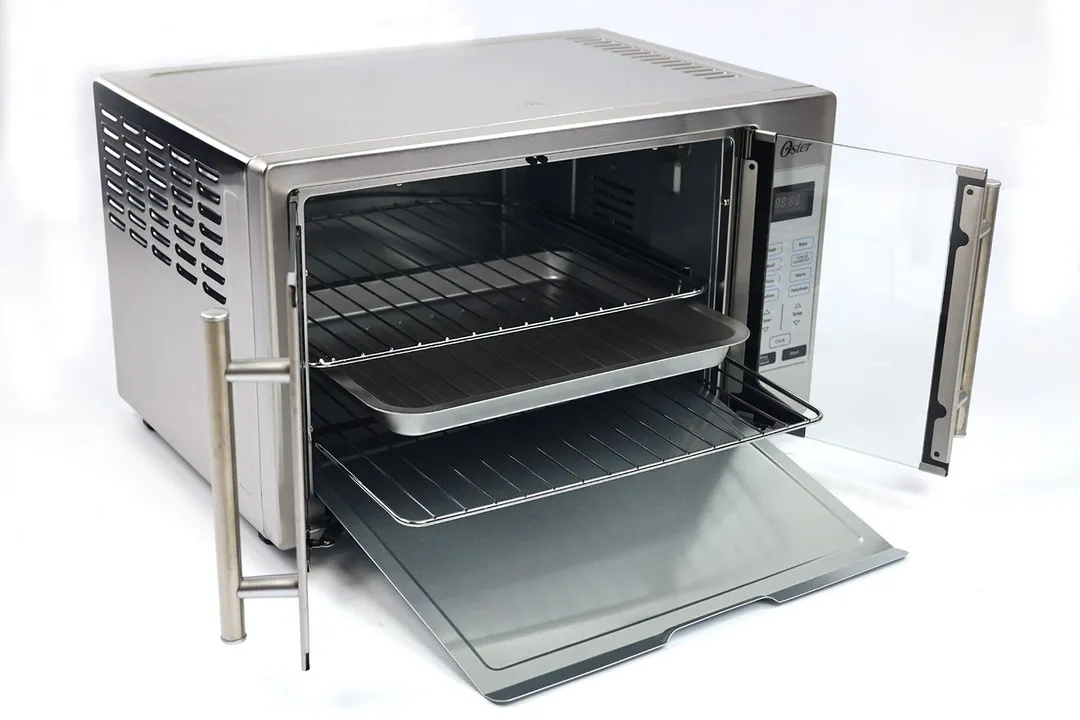
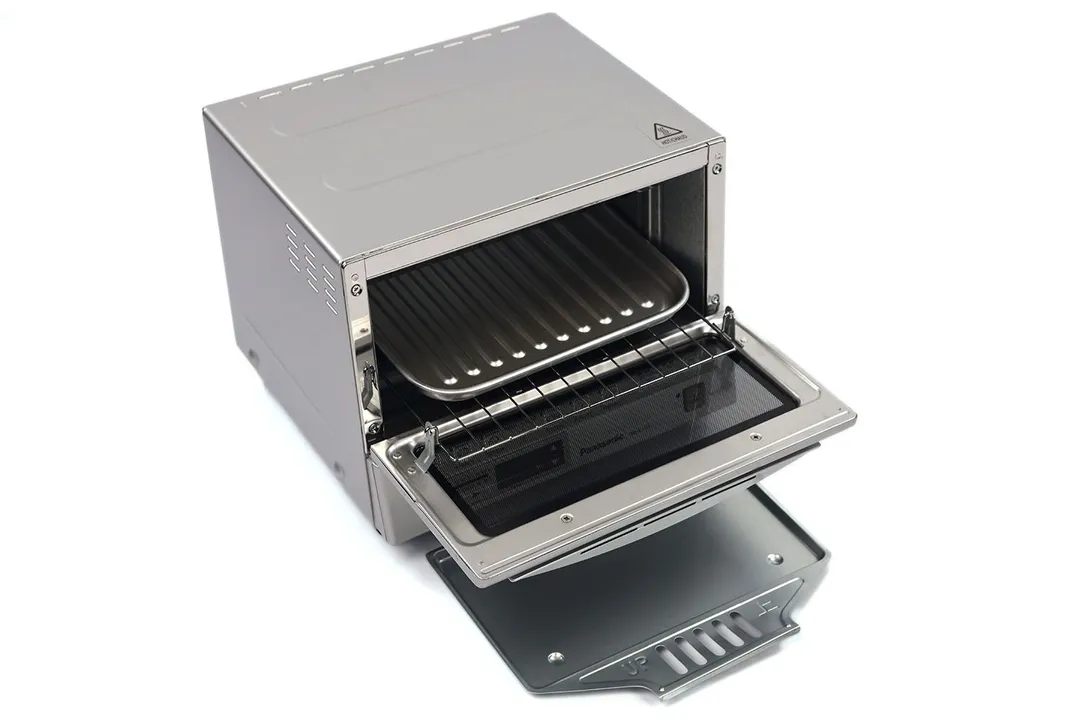
Capacity
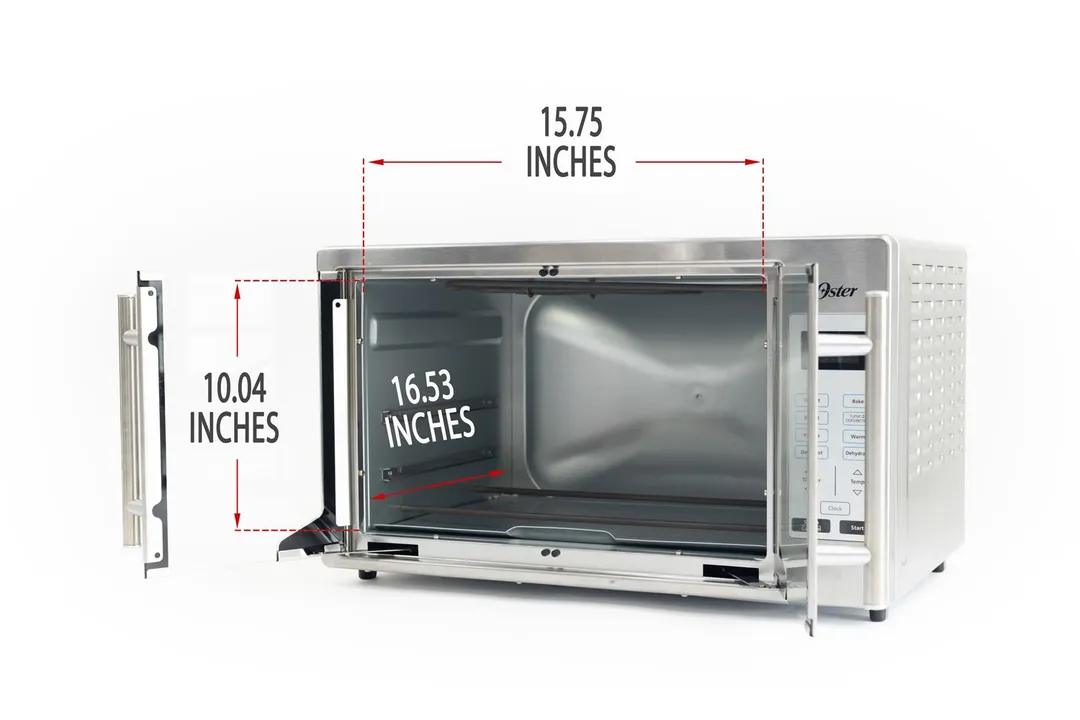
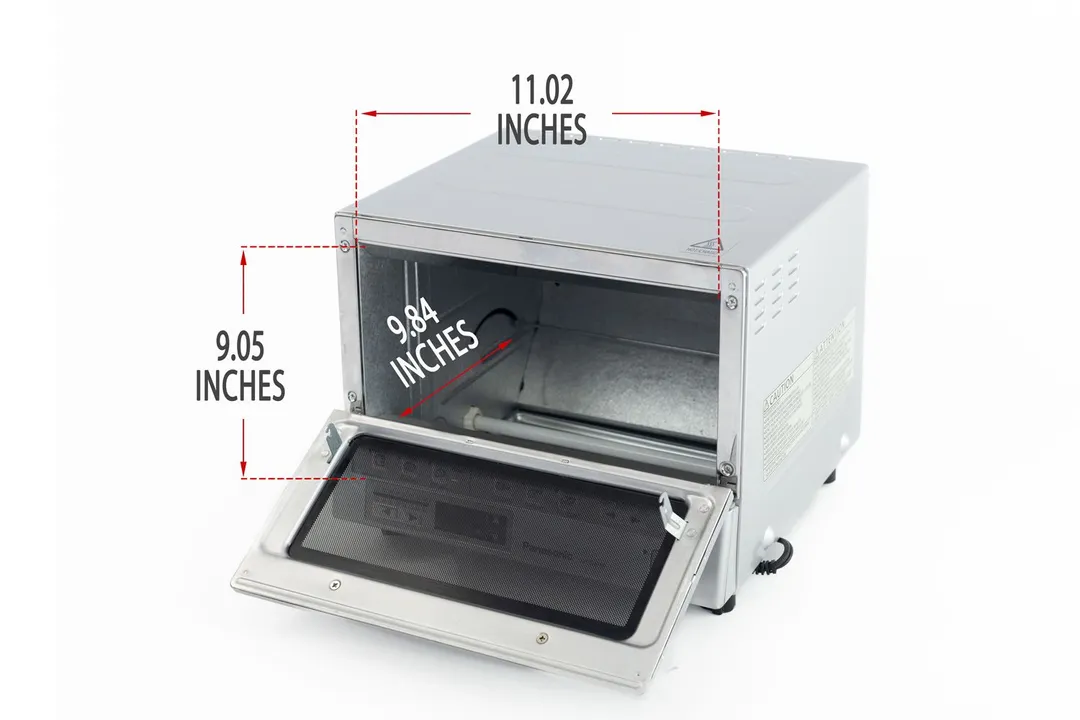
Usability
User Control
Ease of Use
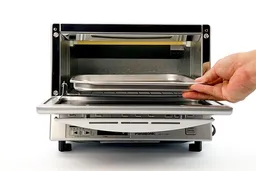
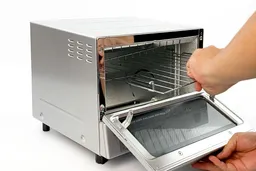
Cleanability
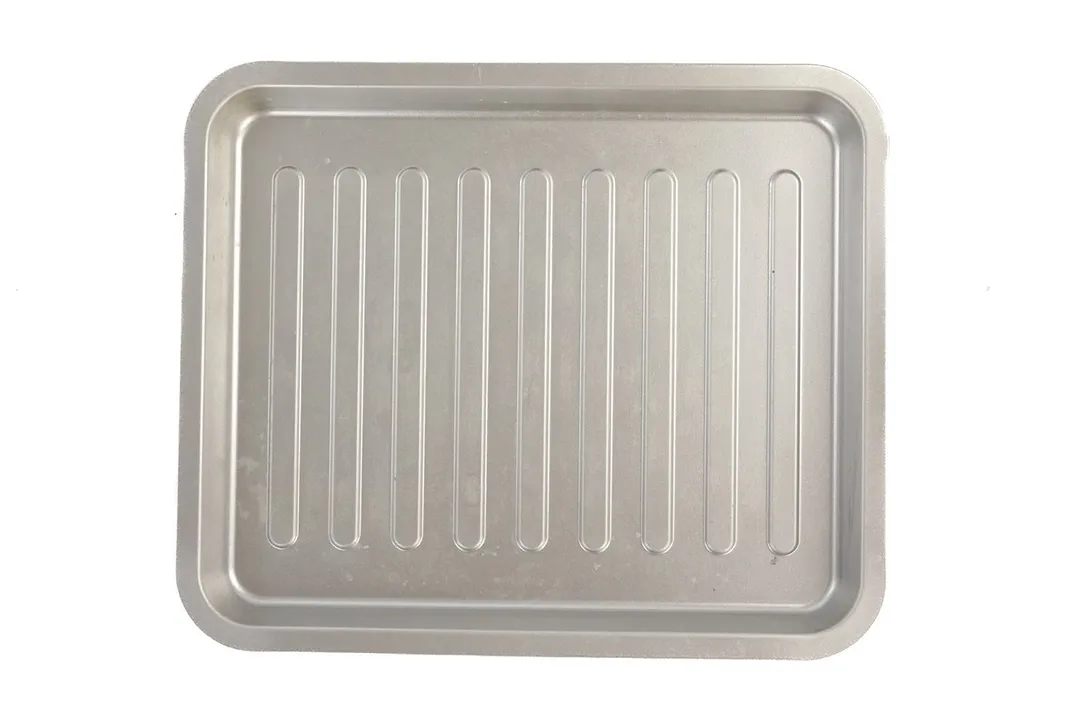
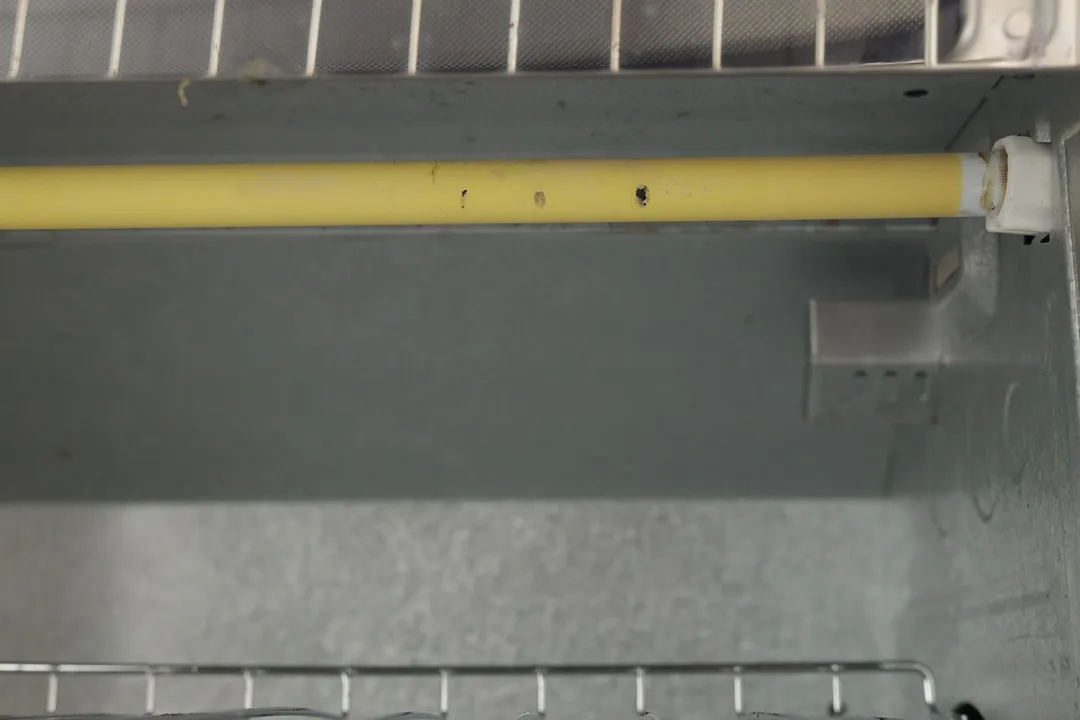
Behind the Comparison
Alan Nguyen is a writer and product reviewer at HealthyKitchen101. His major in English language teaching taught him to present concise information. In addition to his cooking hobby, he values the practical aspects of household appliances.
Lap is Head of the Research, Testing, and Review Team (RTR Team) at HealthyKitchen101.com, where he directs and supervises the testing of kitchen gadgets and appliances.
Tuyet Pham is an award-winning Saigonese chef passionate about delicious and healthful foods. At HealthyKitchen101, she develops recipes and collaborates with our Research, Testing, and Review lab to evaluate the performance of cooking appliances. Her assessments add a strong authoritative voice to our product scoring process.
Nguyen Ntk is a graphic designer, photographer, and videographer whose philosophy centers around respecting and celebrating the beauty of reality. Through his lenses, Nguyen strives to capture the true essence of objects and events, showcasing and highlighting authentic features without distortion or exaggeration.




